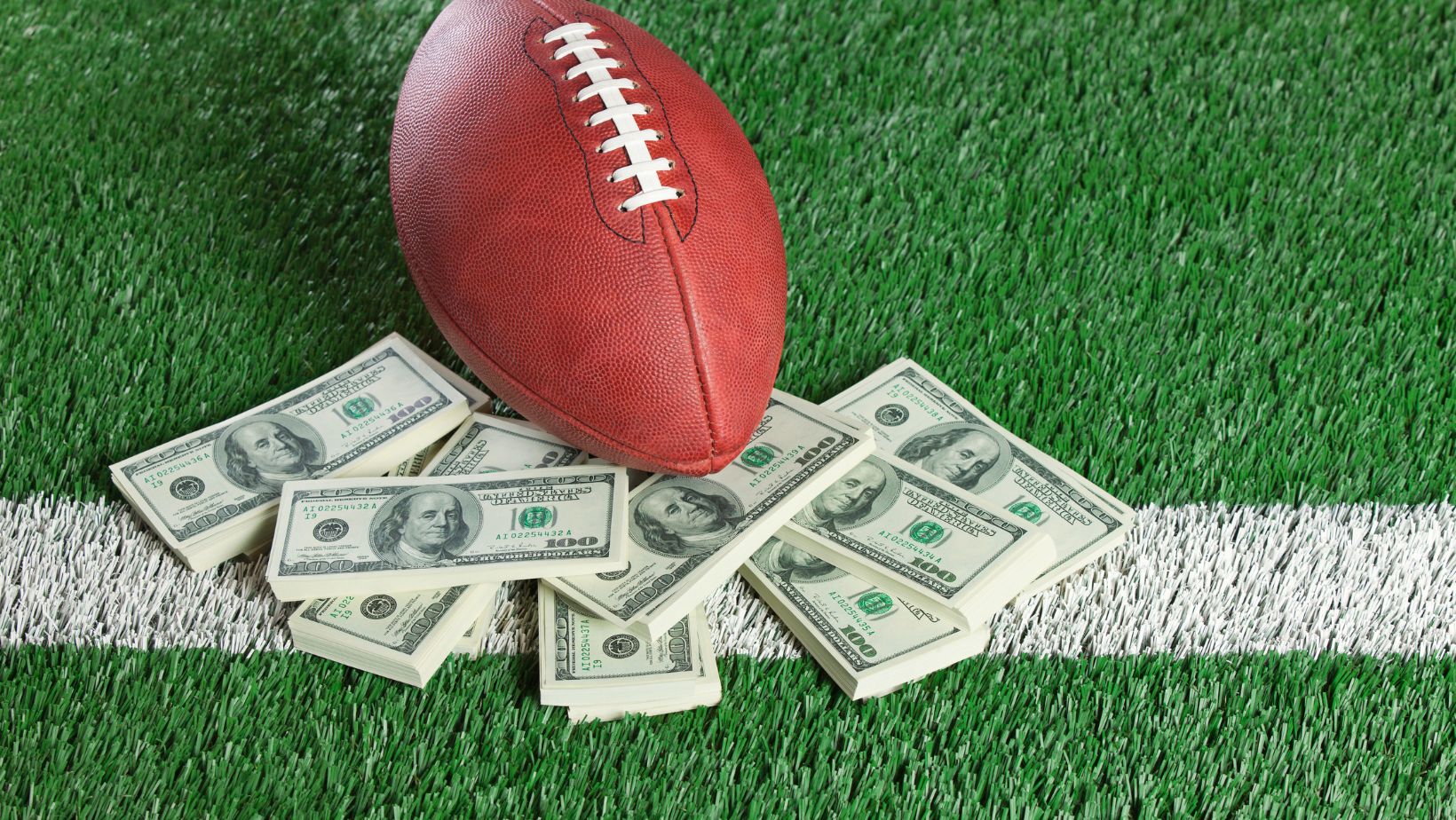
The rise of regulated sports wagering in the United States has brought more attention to NFL betting lines than ever before. For both new and experienced bettors, understanding how these lines are created—and, more importantly, how they shift is essential to making informed decisions.
With sportsbooks offering hundreds of options each week during the season, clarity on how lines function can give bettors an edge, even in a highly efficient market. This guide breaks down the fundamental mechanics behind NFL betting lines, the reasons behind their movements, and what that means for those analyzing matchups in 2025.
How Sportsbooks Set NFL Betting Lines
Before a line ever moves, it must be set. That initial number isn’t random. It’s the product of meticulous modeling by oddsmakers and risk managers. Their goal isn’t to predict the final score perfectly—it’s to balance action on both sides of a bet.
The Role of Power Rankings and Algorithms
Oddsmakers rely on the internal power rankings of each NFL team. These are not public rankings but proprietary systems that factor in roster strength, quarterback performance, injury status, and historical data. Layered over these rankings are predictive models that simulate games thousands of times to project average outcomes.
From there, an initial point spread, or moneyline is posted. For example, if the Philadelphia Eagles are rated significantly higher than the Chicago Bears and they’re playing on a neutral field, the line might open with the Eagles favored by seven points.
Market Influence After Release
Once a line goes live, it becomes vulnerable to the market. Early action—especially from respected sharp bettors—can influence a line’s direction before the general public even sees it. If a group of professionals bets the Eagles heavily at -7, the line might move to -7.5 or -8 within minutes. This activity sends signals to both the book and other bettors.
Why NFL Lines Move and What That Signals
A betting line is rarely static. Shifts can occur for a wide range of reasons, not all of which relate directly to game-day performance. Understanding what drives line movement can help distinguish between meaningful changes and noise.
Injury Reports and Player Availability
Few factors move an NFL line more than quarterback news. If a starting QB is ruled out, a spread can swing by several points. In 2025, with more transparent injury reporting and real-time updates, these shifts can happen fast. But it’s not just star players. Offensive line injuries, cornerback matchups, and even special teams changes can subtly affect pricing.
The key is context. A backup quarterback making his debut on the road against a top-five defense isn’t the same as a veteran stepping in with playoff experience. The betting line adjusts accordingly.
Public Action vs. Sharp Money
Not all money is equal. When a large volume of casual bets floods in on one side—say, the Dallas Cowboys, a historically popular team—books might shade the line to account for potential liability. But when respected bettors come in on the opposite side, books often hesitate before moving too far. Tracking these patterns, especially early in the week, can offer insight into where value may lie.

Reputable online betting platforms like FanDuel Sportsbook often display real-time movement as the action comes in from both casual and professional bettors. Observing how these lines react to volume versus informed wagers can be a useful signal. Books will often “hold the line” if they believe sharp money will eventually correct public overreaction.
Reading the Line: What Bettors Should Look For
Understanding the creation and movement of betting lines is one thing—knowing how to act on them is another. NFL lines are packed with signals, and bettors who know how to interpret them can identify value before it disappears.
Key Numbers and Their Importance
In football, certain final score margins—especially three and seven points—occur more frequently due to the value of field goals and touchdowns. These are called key numbers. When a betting line shifts across one of these, such as from -2.5 to -3 or -3 to -3.5, even a half-point change can significantly impact win probabilities. Because of this, sportsbooks are cautious about crossing key numbers unless betting pressure demands it. Savvy bettors often act early to secure value before a line moves past these critical thresholds.
Reverse Line Movement and Market Indicators
Sometimes, a line moves in the opposite direction of the betting percentage. For instance, if 70% of bets are on the Buffalo Bills at -6.5, but the line moves to -6, that may indicate sharp action on the other side—the underdog.
This is known as reverse line movement, and it’s one of the more telling market signals for those who watch closely. Bettors who track line movement in tandem with public betting percentages can spot moments when the book is essentially telling the market where the true risk lies.
Timing Matters: When To Bet and When To Wait
There’s no universal rule for the best time to place a wager. It depends on the type of bettor you are and the kind of line movement you expect. Understanding timing can be just as important as knowing who to bet on.
Early Week vs. Late Week Strategies
Sharp bettors often place wagers early in the week when lines first open. This is when the numbers are “soft” and more exploitable. In contrast, recreational bettors tend to wager closer to kickoff, which means public action drives most late-week moves.

Monitoring the latest NFL news throughout the week—especially around midweek injury updates, weather forecasts, and practice reports—can inform bettors of when to act. If you’re aligned with the favorite and expect public money to push the line higher, betting early makes sense. But if you like an underdog and anticipate the spread growing as the weekend approaches, waiting could give you a better number.
Live Movement and In-game Markets
Live betting has changed the way many fans engage with the NFL. Books now adjust lines play-by-play, offering spreads, totals, and props throughout the game. While fast-paced, these in-game markets often reflect recency bias. A single turnover can cause an overreaction in the line. Bettors who stay grounded in game flow and context can find real-time opportunities here.
Know the Line to Win the Bet
As regulated sports betting becomes more widespread, understanding the mechanics of NFL betting lines is essential for anyone looking to make smarter wagers. From opening odds to live in-game movement, the details behind line creation and adjustment reveal valuable insights. Whether you’re a sharp bettor or just exploring the landscape, knowing when and why lines move gives you a tactical edge.






